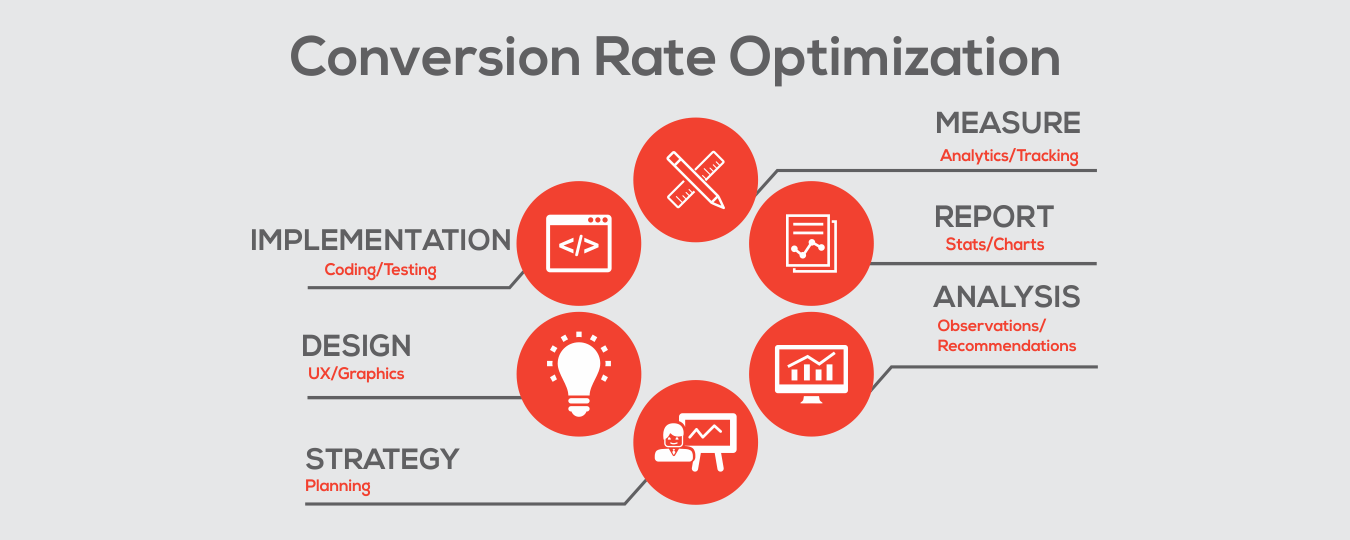Nexcess – 3 Step Process Of WordPress Conversion Rate Optimization
Conversion rate optimization is essential to maximize the effectiveness of a business site. It’s surprising so few WordPress site owners do it.
The Three-Step Process Of WordPress Conversion Rate Optimization
I’m consistently surprised by how few of the small and medium business owners I talk to make a proactive effort to optimize their websites for conversions. Many view their site as a static asset: they pay a web designer to create the look and layout, a developer to code it, and a hosting company for server space and bandwidth. But once that’s taken care of, they view the site as a done-deal for the next few years, at which point they repeat the whole process.
For businesses that generate customers through their website, that’s the worst possible approach. I like to think of a website as a conversion machine; it exists to elicit an action from the user and it can be better or worse at achieving that goal. It’s almost a certainty that a brand new website can be improved upon.

Conversion rate optimization is the process of making gradual and iterative improvements to a site in response to hard data. Data is necessary because the factors that influence conversions are complex and messy. Site owners can have a general idea about changes they might make to improve conversion rates, but without data, they can’t know whether those changes are effective. I’ve seen failed conversion optimization strategies too many times to believe that even the smartest ideas should be taken on faith.
Conversion rate optimization can be a complicated process, but, at heart, the idea is simple.
Make A Change
A site owner hypothesizes that by simplifying the signup form on her home page, the number of sign-ups will increase. The hypothesis is based on sound logic and the best in modern user interface design ideas.
But this site owner is smart. She doesn’t want to make the change to her website because of the theoretical improvement it would bring to conversion rates. She wants to know for sure.
Measure The Effect
A/B testing — also known as split testing or multivariate testing — lies at the heart of conversion rate optimization. The hypothesis we developed in the section above is implemented on the site, but only for a small proportion of users. A percentage of users is shown a variant of the home page with the modified form and conversion rates for both the original and the variant are measured. The test is active for long enough to ensure a significant sample.
If the hypothesis was correct, the site owner should see a higher conversion rate from those users who are shown the variant page. If that’s the case, the variant page is “promoted” — it becomes the default page that all users see. If the conversion rates are lower on the variant, then it’s back to the drawing board to develop a new hypothesis.

There are a number of useful tools to facilitate split testing for conversion rate optimization on WordPress, including Google Content Experiments and Optimizely, which provides an excellent WordPress plugin.
Repeat
Conversion rate optimization is an iterative process. It isn’t a once-and-for-all task because there’s no such thing as the perfect website. Throughout the life of a site, owners should consider ways in which the site could be improved, and test those improvements.
Without conversion rate optimization through iterative hypothesizing and testing, a website will never reach its full potential — and for companies that rely on their site to generate leads and sales, that means leaving money on the table.
- Nexcess – 3 Step Process Of WordPress Conversion Rate Optimization - January 27, 2017





